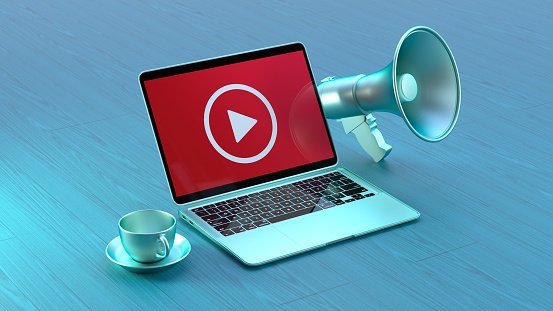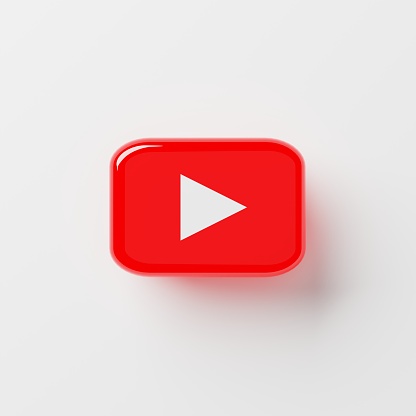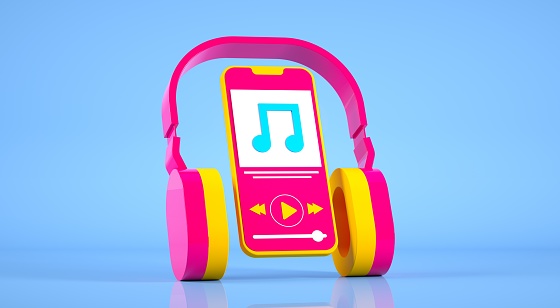Everything YouTubers Need To Know About COPPA
In previous years, YouTube faced a major fine for violating the Children’s Online Privacy Protection Act (COPPA), which prohibits collecting data from users under the age of thirteen online. As a result, the platform introduced a few strict new measures to better categorize content for children and protect younger viewers under the law.
While YouTube’s intentions were good, the platform faced a lot of backlash following its policy updates. Creators have worried how these changes will impact their income and their freedom to create the content they love for the audiences they love even more.
Below is everything YouTubers need to know about COPPA moving forward into 2022.
COPPA directly applies to channel owners.
As the owner of your channel, you are directly responsible for complying with COPPA. According to the FTC, it applies to individual YouTube channels the same way it would apply if you had your own website or app.
Depending on both the nature of your content and the data you collect, your channel could meet the definition of a “website or online service” that falls under COPPA. If you or your network collect personal data from viewers under thirteen, then you must meet COPPA’s requirements, such as providing notice and obtaining verifiable parental consent.
The FTC published guidelines concerning what constitutes content for children.
Officially, operators of websites or online services must comply with COPPA if their content is directed towards users under thirteen and collects their personal data or allows others to collect their personal data. You must also comply with COPPA if your website or online service is directed at a general audience but collects data from those under thirteen or if it runs a plug-in you know for a fact is collecting personal data from users under thirteen.
Basically, YouTube, along with its video recommendation algorithm and targeted ads, falls under COPPA. To help creators understand if their individual channels must comply with COPPA, the FTC provided a set of guidelines for what might constitute children’s content.
When determining if your content is directed at children, the FTC considers factors such as subject matter, visual content, music, and language. It also takes into account the use of animated characters, child celebrities, celebrities who appeal to children, or younger models and actors. The use of child-oriented activities and incentives as well as ads targeted at children are also taken into account.
If your channel falls under COPPA, check out the Six-Step Compliance Plan.
COPPA violations could result in a fine of up to $42,530. While the FTC is currently putting COPPA under review, YouTube and its creators are still responsible for violations under the act’s present state.
The first step is determining whether your channel falls under COPPA, which you have already done. Secondly, you need to post a privacy policy that complies with COPPA. It must include a list of all operators collecting personal information, a description of the personal information collected and how it’s used, and a description of parental rights. YouTube already has a privacy policy in place, so you can link it in your video descriptions and your channel’s about section along with a brief disclaimer.
The remaining steps involve informing parents directly and obtaining their verifiable consent. While you can’t directly contact the parent of every single viewer, you can put these measures in place when you do something such as sell merch or event tickets. Parental consent is not required in very limited situations, such as one-time contest entries or newsletter sign-ups.
YouTube shared its comments on COPPA directly with the FTC.
COPPA comes from the Federal Trade Commission in the US, which operates to protect consumers. According to its official site, the FTC reviews its rules every ten years, which can make keeping up with the constantly evolving landscape of technology challenges.
Therefore, the FTC has sought comments about COPPA from those it affects. YouTube has already filed its own comments on behalf of its community of creators. You can learn more about the comments the FTC collected here.
YouTube supports allowing platforms to treat adult viewers as adults.
Oftentimes, viewers watching what could be classified as children’s content may not be children themselves. They could be a nostalgic twenty-something binging a favorite cartoon on Saturday morning or a teacher finding videos to share with their class. Creators also value constructive comments and feedback that comes from older viewers, such as fellow slime YouTubers sharing recipe tips or other family vloggers giving great ideas for kid-friendly travel destinations.
However, under the FTC’s current guidelines, platforms like YouTube are required to treat any viewer who primarily watches content that’s directed at children as if that viewer is a child under thirteen. YouTube disagrees. In the creator blog post, YouTube said it supports “allowing platforms to treat adults as adults if there are measures in place to help confirm that the user is an adult viewing kids content.”
Therefore, viewers and creators alike should encourage YouTube to develop measures that help separate grown viewers from children. Such measures would help creators with younger demographics maintain comments sections, protect monetization, etc.
COPPA could have serious implications for certain creators as well as their audiences. To protect your channel, thoroughly analyze the FTC’s Six-Step Compliance Plan and properly classify your content with YouTube’s new “Made for Kids” identifier when you upload.
Related Posts

















